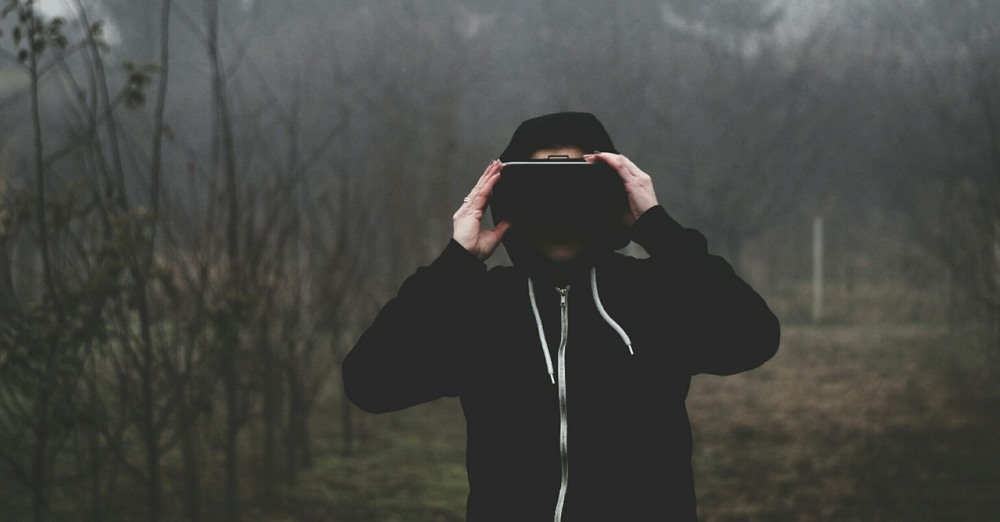
By using technology every day, we are forced to interact with the world in a certain way. Some of us see the news feed and are shocked or entertained by what we see while others use their time online to do a bit of research. Some of us use the internet in order to find good reviews about things we are interested in or in order to find and use Fun88 รหัสคูปอง for fun. However, smartphones being produced in bulk, every single year, for there to be many unsold devices, is basically a very good way of raising emissions and contributing to global warming. Yes, there are various other polluters, some bigger, some smaller, but wasted energy is still wasted, no matter the process of manufacturing. Could we use the internet to educate ourselves about the environment? Yes, we could, and to make it more entertaining, we could do it in VR. Here is how we can educate people about the environment using VR.
Not Using VR is the First Step
Do we want to teach people about the environment? If the answer is yes, then teaching them about emissions is the number 1 thing to do on the list. Emissions include all wasted energy to deliver a product. The vast majority of people do not have access to VR technology and will not for a couple of reasons. It is still relatively young and they are not interested in products that can literally make them sick. Explaining all of that plus that it would be wasted energy to make VR educational content when people do not even have VR headsets. Could people be educated in VR? Yes, they could.
VR Educational Content – Interactive Environments
The best way of educating people is by giving them an environment they can interact with. Farms, forests, all the areas of the world which suffer because of the emissions and global warming. Educational, interactive content, or rather, games, if you will, would engage people and still teach them about all issues environmental.

Educational VR Videos – Watch it With a Dose of Realism
The best thing about VR is the immersiveness. You can be immersed in a world which is similar to our own and experience something like you normally would. VR videos are much easier to create than VR interactive content and require much less effort and time to be completed, thus are an environmentally friendlier way of education. Videos can also be watched on various cheap mobile headsets, without the need to purchase an expensive headset which has all those sensors for movement tracking.
VR can be used to educate people, the only problem being that VR is still not ready for that. The people do not have the necessary devices. You are better of making standard videos and interactive content, until VR becomes a bit more mainstream.